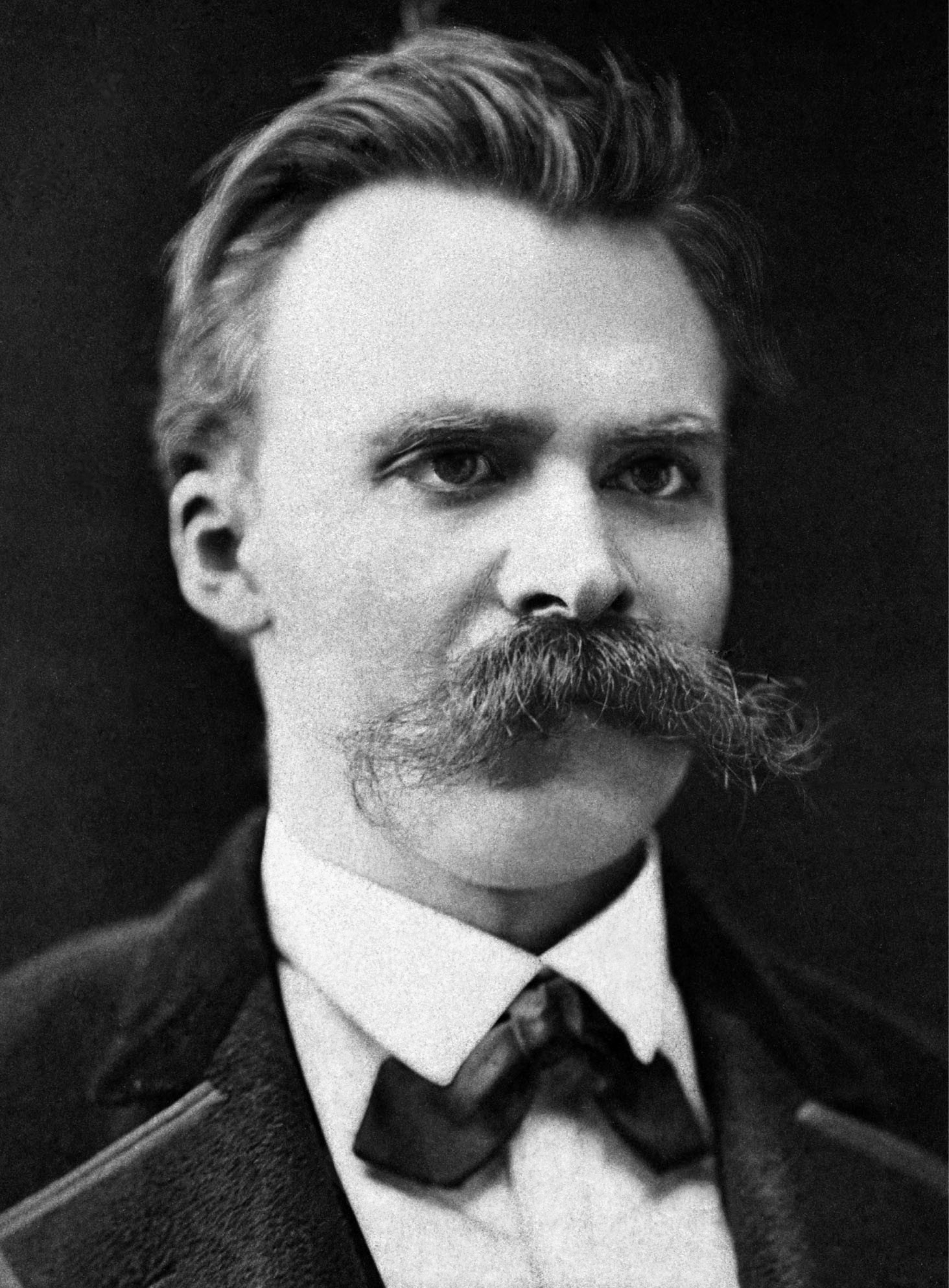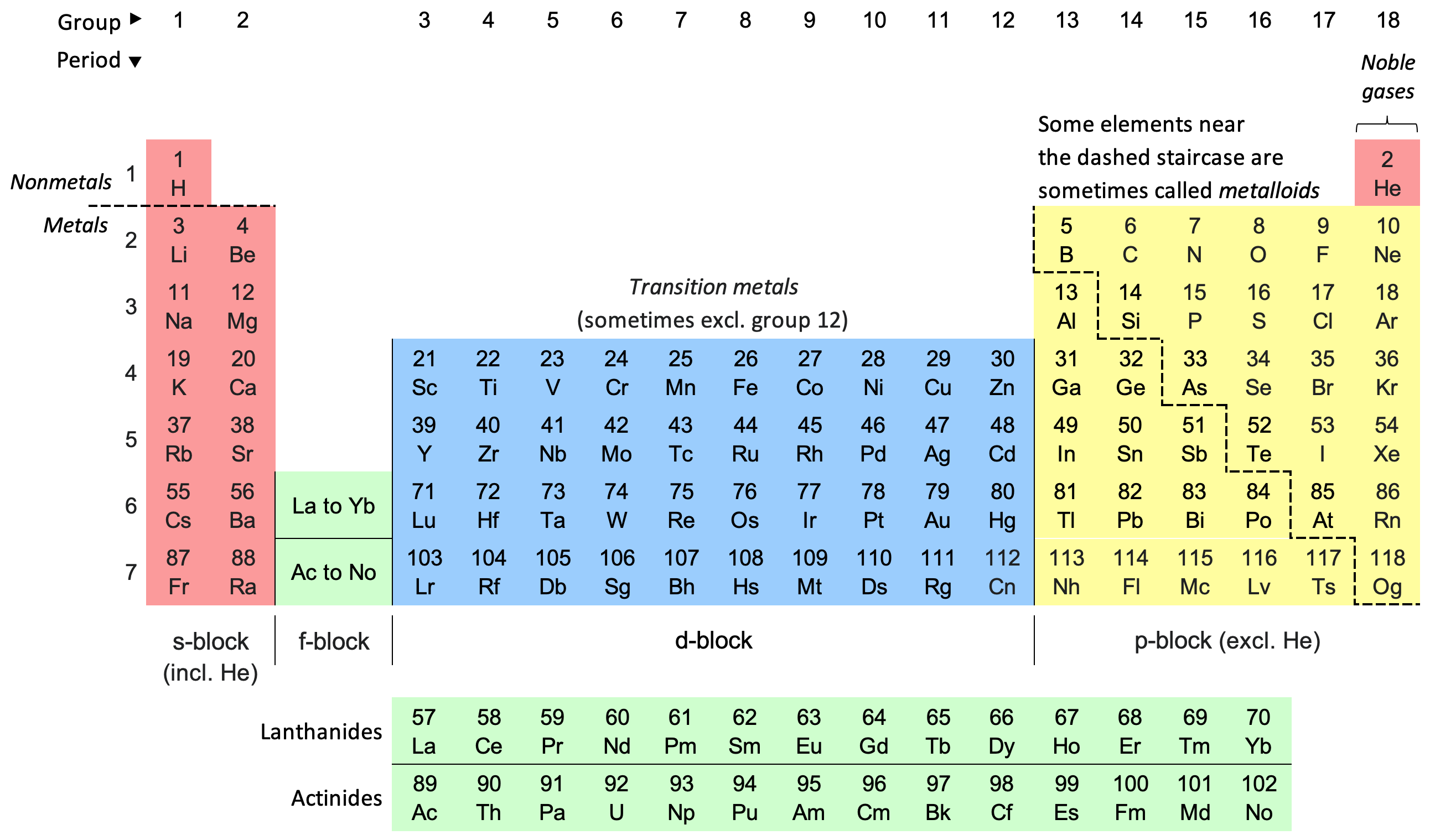|
Obliteration By Incorporation
In sociology of science, obliteration by incorporation (OBI) occurs when at some stage in the development of a science, certain ideas become so universally accepted and commonly used that their contributors are no longer cited. Eventually, its source and creator are forgotten ("obliterated") as the concept enters common knowledge (is "incorporated"). Obliteration occurs when "the sources of an idea, finding or concept, become obliterated by incorporation in canonical knowledge, so that only a few are still aware of their parentage". Concept The concept was introduced by Robert K. Merton in 1949, although some incorrectly attribute it to Eugene Garfield, whose work contributed to the popularization of Merton's theory. Merton introduced the concept of "obliteration by incorporation" in the 1968 enlarged edition of his landmark work '' Social Theory and Social Structure'' (pp. 28, 35). Merton also introduced the less known counterpart to this concept, adumbrationism, meaning t ... [...More Info...] [...Related Items...] OR: [Wikipedia] [Google] [Baidu] |
Sociology Of Science
The sociology of scientific knowledge (SSK) is the study of science as a social activity, especially dealing with "the social conditions and effects of science, and with the social structures and processes of scientific activity." The sociology of scientific ignorance (SSI) is complementary to the sociology of scientific knowledge. For comparison, the sociology of knowledge studies the impact of human knowledge and the prevailing ideas on societies and relations between knowledge and the social context within which it arises. Sociologists of scientific knowledge study the development of a scientific field and attempt to identify points of contingency or interpretative flexibility where ambiguities are present. Such variations may be linked to a variety of political, historical, cultural or economic factors. Crucially, the field does not set out to promote relativism or to attack the scientific project; the objective of the researcher is to explain why one interpretatio ... [...More Info...] [...Related Items...] OR: [Wikipedia] [Google] [Baidu] |
Albert Einstein
Albert Einstein (14 March 187918 April 1955) was a German-born theoretical physicist who is best known for developing the theory of relativity. Einstein also made important contributions to quantum mechanics. His mass–energy equivalence formula , which arises from special relativity, has been called "the world's most famous equation". He received the 1921 Nobel Prize in Physics for . Born in the German Empire, Einstein moved to Switzerland in 1895, forsaking his German citizenship (as a subject of the Kingdom of Württemberg) the following year. In 1897, at the age of seventeen, he enrolled in the mathematics and physics teaching diploma program at the Swiss ETH Zurich, federal polytechnic school in Zurich, graduating in 1900. He acquired Swiss citizenship a year later, which he kept for the rest of his life, and afterwards secured a permanent position at the Swiss Patent Office in Bern. In 1905, he submitted a successful PhD dissertation to the University of Zurich. In 19 ... [...More Info...] [...Related Items...] OR: [Wikipedia] [Google] [Baidu] |
Genericized Trademark
A generic trademark, also known as a genericized trademark or proprietary eponym, is a trademark or brand name that, because of its popularity or significance, has become the generic term for, or synonymous with, a general class of products or services, usually against the intentions of the trademark's owner. A trademark is prone to genericization, or "genericide", when a brand name acquires substantial market dominance or mind share, becoming so widely used for similar products or services that it is no longer associated with the trademark owner, e.g., linoleum, bubble wrap, thermos, and aspirin. A trademark thus popularized is at risk of being challenged or revoked, unless the trademark owner works sufficiently to correct and prevent such broad use. Trademark owners can inadvertently contribute to genericization by failing to provide an alternative generic name for their product or service or using the trademark in similar fashion to generic terms. In one example, the Oti ... [...More Info...] [...Related Items...] OR: [Wikipedia] [Google] [Baidu] |
Citation Analysis
Citation analysis is the examination of the frequency, patterns, and graphs of citations in documents. It uses the directed graph of citationslinks from one document to another documentto reveal properties of the documents. A typical aim would be to identify the most important documents in a collection. A classic example is that of the citations between academic articles and books. For another example, judges of law support their judgements by referring back to judgements made in earlier cases (see citation analysis in a legal context). An additional example is provided by patents which contain prior art, citation of earlier patents relevant to the current claim. The digitization of patent data and increasing computing power have led to a community of practice that uses these citation data to measure innovation attributes, trace knowledge flows, and map innovation networks. Documents can be associated with many other features in addition to citations, such as authors, publish ... [...More Info...] [...Related Items...] OR: [Wikipedia] [Google] [Baidu] |
Jacques Derrida
Jacques Derrida (; ; born Jackie Élie Derrida;Peeters (2013), pp. 12–13. See also 15 July 1930 – 9 October 2004) was a French Algerian philosopher. He developed the philosophy of deconstruction, which he utilized in a number of his texts, and which was developed through close readings of the linguistics of Ferdinand de Saussure and Husserlian and Heideggerian phenomenology. He is one of the major figures associated with post-structuralism and postmodern philosophyVincent B. Leitch ''Postmodernism: Local Effects, Global Flows'', SUNY Series in Postmodern Culture (Albany, NY: State University of New York Press, 1996), p. 27. although he distanced himself from post-structuralism and disavowed the word "postmodernity". During his career, Derrida published over 40 books, together with hundreds of essays and public presentations. He has had a significant influence on the humanities and social sciences, including philosophy, literature, law, anthropology, historiography, applie ... [...More Info...] [...Related Items...] OR: [Wikipedia] [Google] [Baidu] |
Deconstruction
In philosophy, deconstruction is a loosely-defined set of approaches to understand the relationship between text and meaning. The concept of deconstruction was introduced by the philosopher Jacques Derrida, who described it as a turn away from Platonism's ideas of "true" forms and essences which are valued above appearances. Since the 1980s, these proposals of language's fluidity instead of being ideally static and discernible have inspired a range of studies in the humanities, including the disciplines of law, anthropology, historiography, linguistics, sociolinguistics, psychoanalysis, LGBT studies, and feminism. Deconstruction also inspired deconstructivism in architecture and remains important within art, music, and literary criticism. Overview Jacques Derrida's 1967 book '' Of Grammatology'' introduced the majority of ideas influential within deconstruction. Derrida published a number of other works directly relevant to the concept of deconstruction, such as '' Diff ... [...More Info...] [...Related Items...] OR: [Wikipedia] [Google] [Baidu] |
Role Model
A role model is a person whose behaviour, example, or success serves as a model to be emulated by others, especially by younger people. The term ''role model'' is credited to sociologist Robert K. Merton, who hypothesized that individuals compare themselves with reference groups of people who occupy the social role to which the individual aspires, an example of which is the way young fans may idolize and imitate professional athletes or entertainment artists. In the second half of the twentieth century, U.S. advocates for workplace equity popularized the term and concept of role models as part of a larger social capital lexicon—which also includes terms such as glass ceiling, networking, mentoring, and gatekeeper—serving to identify and address the problems barring non-dominant groups from professional success. Mainstream business literature subsequently adopted the terms and concepts, promoting them as pathways to success for all career climbers. In 1970 these terms we ... [...More Info...] [...Related Items...] OR: [Wikipedia] [Google] [Baidu] |
Self-fulfilling Prophecy
A self-fulfilling prophecy is a prediction that comes true at least in part as a result of a person's belief or expectation that the prediction would come true. In the phenomena, people tend to act the way they have been expected to in order to make the expectations come true. Self-fulfilling prophecies are an example of the more general phenomenon of positive feedback loops. A self-fulfilling prophecy can have either negative or positive outcomes. Merely applying a label to someone or something can affect the perception of the person/thing and create a self-fulfilling prophecy. Interpersonal communication plays a significant role in establishing these phenomena as well as impacting the labeling process. American sociologists W. I. Thomas and Dorothy Swaine Thomas were the first Western scholars to investigate this phenomenon. In 1928, they developed the Thomas theorem (also known as the Thomas dictum): "If men define situations as real, they are real in their consequences." Ano ... [...More Info...] [...Related Items...] OR: [Wikipedia] [Google] [Baidu] |
Dmitri Mendeleev
Dmitri Ivanovich Mendeleev ( ; ) was a Russian chemist known for formulating the periodic law and creating a version of the periodic table of elements. He used the periodic law not only to correct the then-accepted properties of some known elements, such as the valence and atomic weight of uranium, but also to predict the properties of three elements that were yet to be discovered (germanium, gallium and scandium). Early life Mendeleev was born in the village of Verkhnie Aremzyani, near Tobolsk in Siberia, to Ivan Pavlovich Mendeleev (1783–1847) and Maria Dmitrievna Mendeleeva (née Kornilieva) (1793–1850).''Maria Mendeleeva (1951)''. D. I. Mendeleev's Archive: Autobiographical Writings. Collection of Documents. Volume 1 /Biographical notes about D. I. Mendeleev (written by me – D. Mendeleev), p. 13 – Leningrad: D. I. Mendeleev's Museum-Archive, 207 pages (in Russian) Ivan worked as a school principal and a teacher of fine arts, politics and philosophy at the Tambov an ... [...More Info...] [...Related Items...] OR: [Wikipedia] [Google] [Baidu] |
Periodic Table Of Elements
The periodic table, also known as the periodic table of the elements, is an ordered arrangement of the chemical elements into rows (" periods") and columns (" groups"). It is an icon of chemistry and is widely used in physics and other sciences. It is a depiction of the periodic law, which states that when the elements are arranged in order of their atomic numbers an approximate recurrence of their properties is evident. The table is divided into four roughly rectangular areas called blocks. Elements in the same group tend to show similar chemical characteristics. Vertical, horizontal and diagonal trends characterize the periodic table. Metallic character increases going down a group and from right to left across a period. Nonmetallic character increases going from the bottom left of the periodic table to the top right. The first periodic table to become generally accepted was that of the Russian chemist Dmitri Mendeleev in 1869; he formulated the periodic law as a de ... [...More Info...] [...Related Items...] OR: [Wikipedia] [Google] [Baidu] |
Francis Crick
Francis Harry Compton Crick (8 June 1916 – 28 July 2004) was an English molecular biologist, biophysicist, and neuroscientist. He, James Watson, Rosalind Franklin, and Maurice Wilkins played crucial roles in deciphering the Nucleic acid double helix, helical structure of the DNA molecule. Crick and Watson's paper in ''Nature (journal), Nature'' in 1953 laid the groundwork for understanding DNA structure and functions. Together with Maurice Wilkins, they were jointly awarded the 1962 Nobel Prize in Physiology or Medicine "for their discoveries concerning the molecular geometry, molecular structure of nucleic acids and its significance for information transfer in living material". Crick was an important theoretical molecular biologist and played a crucial role in research related to revealing the helical structure of DNA. He is widely known for the use of the term "central dogma" to summarise the idea that once information is transferred from nucleic acids (DNA or RNA) to prot ... [...More Info...] [...Related Items...] OR: [Wikipedia] [Google] [Baidu] |
James D
James may refer to: People * James (given name) * James (surname) * James (musician), aka Faruq Mahfuz Anam James, (born 1964), Bollywood musician * James, brother of Jesus * King James (other), various kings named James * Prince James (other) * Saint James (other) Places Canada * James Bay, a large body of water * James, Ontario United Kingdom * James College, a college of the University of York United States * James, Georgia, an unincorporated community * James, Iowa, an unincorporated community * James City, North Carolina * James City County, Virginia ** James City (Virginia Company) ** James City Shire * James City, Pennsylvania * St. James City, Florida Film and television * ''James'' (2005 film), a Bollywood film * ''James'' (2008 film), an Irish short film * ''James'' (2022 film), an Indian Kannada-language film * "James", a television episode of ''Adventure Time'' Music * James (band), a band from Manchester ** ''James'' ... [...More Info...] [...Related Items...] OR: [Wikipedia] [Google] [Baidu] |






